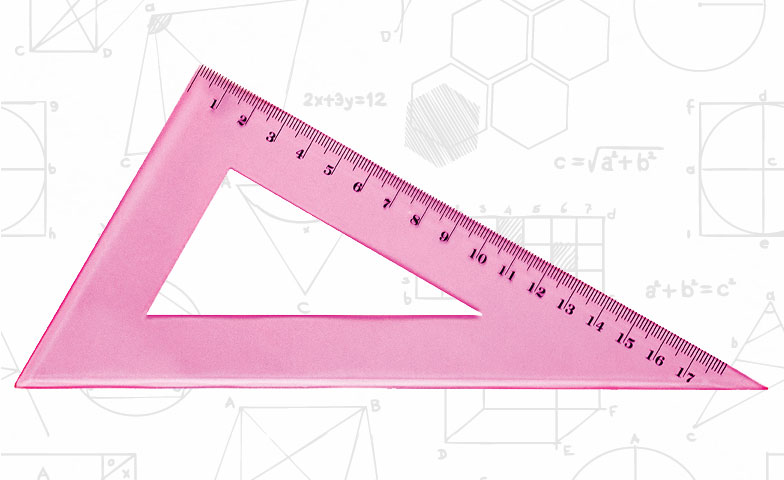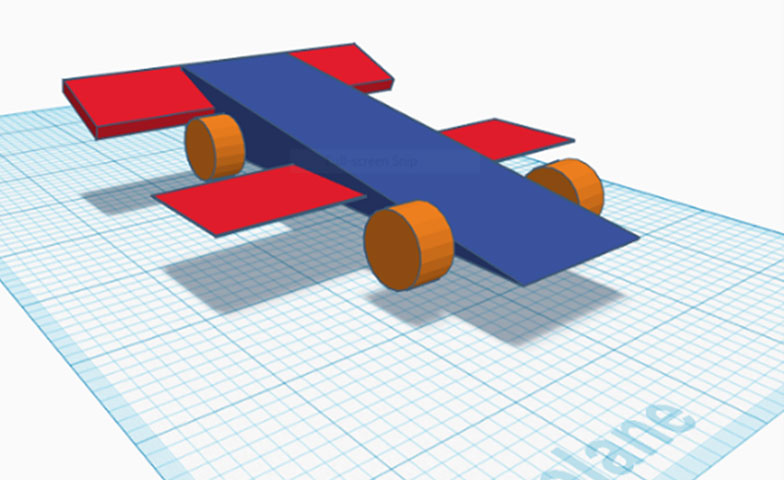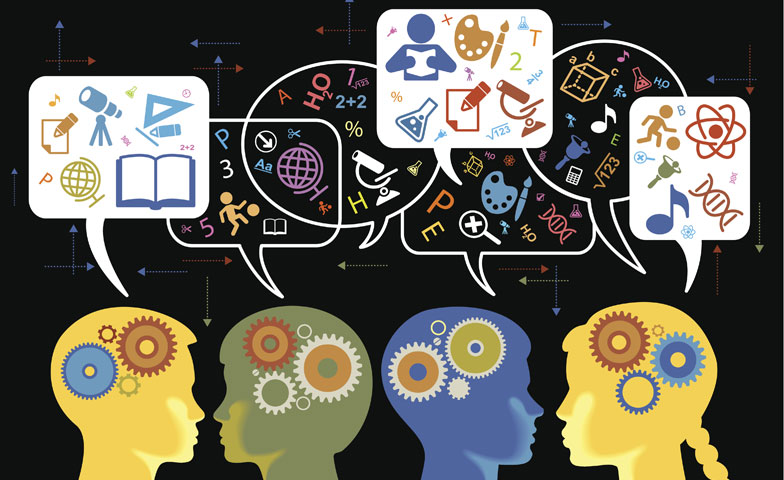
Facilitating rich discourse to engage students and develop confidence Through education, teachers influence change in their students’ mindsets, which in turn can help students become successful individuals (Yeager & Dweck, 2012). We believe that the best teachers guide, motivate, and inspire their students. Teaching mathematics effectively is crucial to developing students who can solve problems
Read More… from Beginning with Growth Mindset in the Math Classroom




1